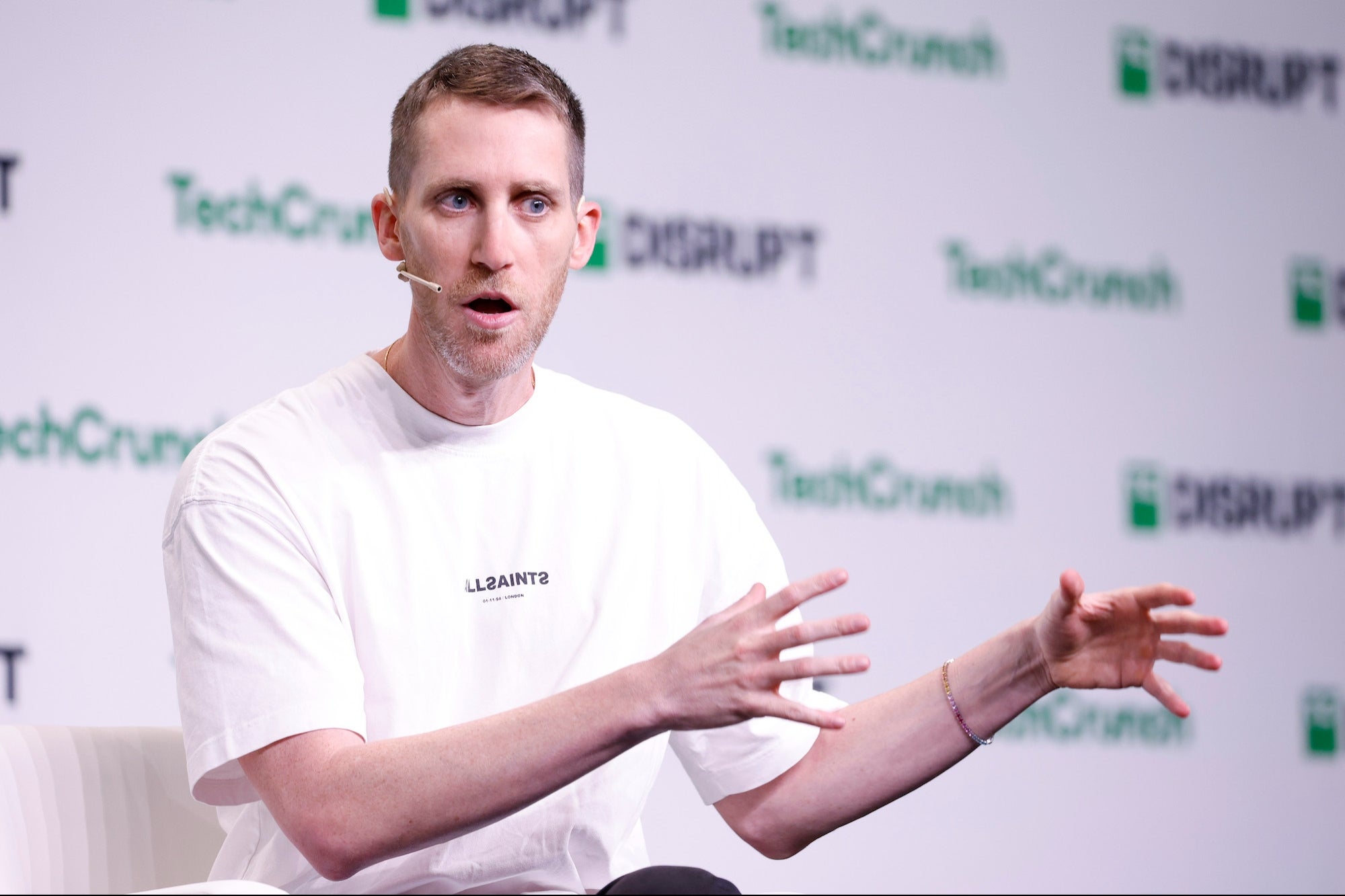4 Ways the Labor Market Is Changing Right Now The transformation of the labor market continues — here's how it will affect your business.
By Daniel Altman Edited by Kara McIntyre
Key Takeaways
- Remote work is leveling out.
- Churn is finally slowing down.
- Pay rates are stabilizing.
- Older people are leaving the workforce again.
Opinions expressed by Entrepreneur contributors are their own.
The worker shortages of the Covid-19 pandemic may be a thing of the past, but that doesn't mean the labor market looks just like it did in 2019. Some trends have accelerated, and new ones have been set in motion. Here's what to look out for as you plan for your staffing needs.
Remote work is leveling out
According to the latest data from the Census, 30% of Americans ages 18 and older spend some time working from home. Among those aged 25 to 54 — the prime working years — the number rises to 38%. About half of these people work from home five days a week.
These numbers were much higher during the pandemic, but they are largely stable now. And though the data include people who are self-employed and others who may have worked from home before the pandemic, they still represent a huge increase. In 2019, the share of Americans working from home was only around 6%.
With so many people expecting remote and hybrid working arrangements, companies will have to rely more on flexible schedules, fractional positions and job-sharing to fill their payrolls and meet their targets. Also, training workers to perform multiple roles will become more valuable, so that production can continue no matter who is in the office or on the factory floor.
Related: Where Will the Economy Go Next? What to Watch For in 2024
Churn is finally slowing down
In 2020, the median tenure of American workers — the time they'd spent in their current jobs — fell to 4.1 years, the lowest number since 2008. Both of those years included recessions, where more people were losing their jobs. But the recent low persisted until 2022, thanks to people switching jobs and raising their pay in a tight labor market.
All of that is changing now. In January, the share of workers quitting their jobs dropped to 2.1%, the lowest rate since 2018, after peaking at 3.0% most recently in April 2022. The hiring rate has also plunged back to 2018 levels. The sum of these rates tends to peak around 6% in a normal economic cycle, as it did in 2005 and 2019. Both employers and employees are showing more caution now.
Indeed, less churn — fewer hires, fewer quits — signifies uncertainty. And despite the economy's strong fundamentals, an outsider might see a couple of causes for concern: a divisive presidential election coming up later this year and a stock market that looks overvalued by historical standards. Even with a low unemployment rate, workers are no longer as eager to move.
From a corporate perspective, this is a great time to invest in existing employees. With workers less likely to leave, the returns to training are more likely to stay inside the company. It's also a good time to launch projects that require a team to work together for the long term. Increasingly, companies are even bringing in flexible workers for long-term assignments rather than one-off shifts. On the Instawork platform, where I work, the share of shift bookings for long-term assignments has doubled over the past six months.
Related: These 5 Economic Trends Will Drive Consumer Spending in 2024
Pay rates are stabilizing
Even though the unemployment rate has only risen half a percentage point off its lows, job openings have come down by roughly 25%. The labor market is gradually loosening up, and increases in pay are starting to ebb. These increases peaked at about 7% on an annual basis in July 2022, but now they're down around 5% — just a couple of percentage points above inflation.
Wages usually rise a little faster than inflation because of workers' growing productivity. In fact, we may see unusual productivity gains in the near future as artificial intelligence spreads across the economy; the same thing happened when the internet, mobile telephony and fiber optic cabling arrived on every worker's desk. So pressure on wages could return soon, though for different reasons.
With inflation roughly under control and pay increases moderating for now, forward-looking companies will be thinking about locking in their labor costs for the next few years. Companies with union labor can do this via contract negotiations, and other companies can do it by setting pay scales and planning cost-of-living adjustments.
Older people are leaving the workforce again
In November 2023, the share of people ages 55 to 64 who were working reached an all-time high of over 66%. For several decades, rising life expectancies had led people to extend their careers to stay active and fund their retirements. The trend was reversed during the pandemic, thanks to health concerns and the rising stock market, among other factors. But then higher costs stemming from inflation and interest rates drove older people back into the workforce.
And now, the trend may be turning around once again. In December, this rate dropped by more than half a percentage point, the biggest decrease outside of the pandemic since 2010. With the stock market again hitting record highs, inflation coming down and interest rates poised to follow, there is less pressure on people to delay retirement (or to come back out of it).
Related: The 12 Best Jobs for Retirees and Seniors
Moreover, a significant share of the older people who stay in the workforce are choosing flexible work rather than full-time jobs. The average age of Pros working shifts on the Instawork platform in February was 38.5 years, with 8.4% of the shifts being completed by Pros aged 55 or older. This percentage is back where it was five years ago, before the pandemic.
This is an important insight for recruiters. The most experienced talent in the labor market hasn't gone missing; it just has to be accessed in a different way. By offering flexible schedules and temporary positions, companies can still bring in older workers to guide and mentor their younger staff. The labor market is still pretty tight, and tapping every possible source of talent is paramount.











